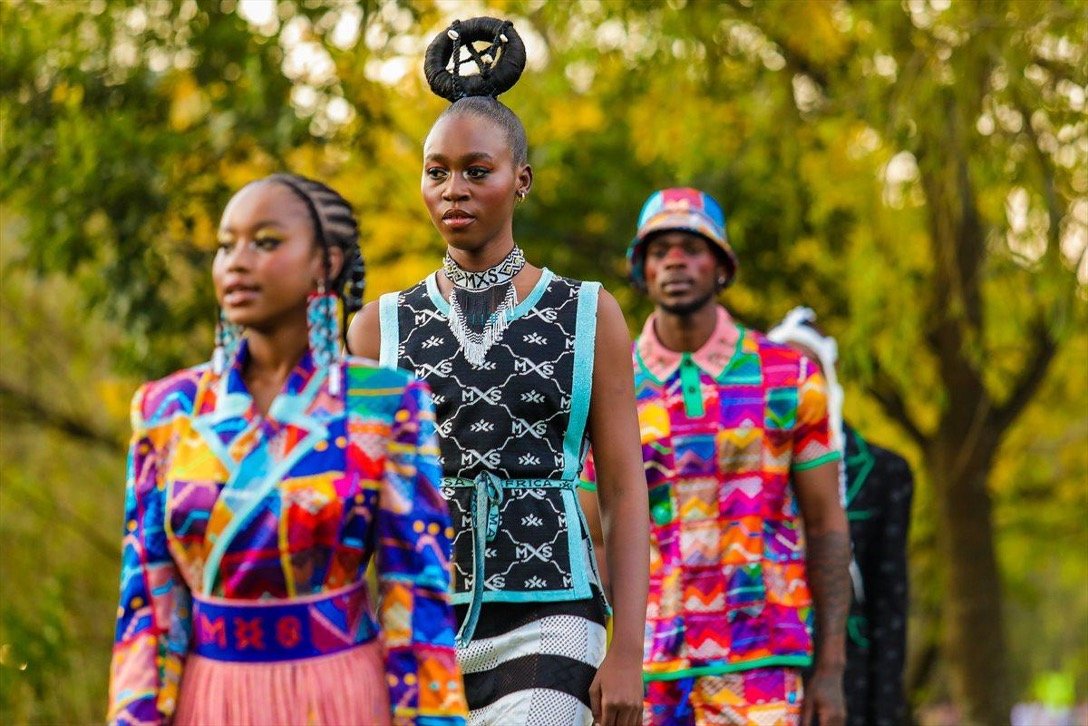How to be an authentic ally beyond pride month
There has been a growing concern over the past few years about brands misusing Pride Month as an opportunity to appear supportive of LGBTQ+ rights without taking substantial action. Africa has one of the worst track records for gay rights, where some countries even impose the death penalty. Temporarily changing a logo to rainbow colours may create an illusion of support, but savvy consumers are becoming more discerning and see right through inauthenticity and “pinkwashing”. No brand wants to be seen as perpetuating the “commodification” of the gay rights movement.
By François Haylett, Creative Manager, Rothko Brand Partners
Buyers demand that brands go beyond symbolic gestures and truly embed inclusivity and acceptance within their company culture. Authenticity should extend beyond external messaging and permeate every aspect of the brand's operations. People expect brands to deliver more than just products or services. They spend their money on brands that take a stance in times of human rights infringement affecting their staff and consumers. Brands should embody a genuine connection to the audience’s values and contribute to creating a more inclusive and sustainable society.
Authenticity and Transparency in Brand Messaging
Consumers value brands that are transparent in their communication. This means acknowledging failures, taking responsibility, and actively working to resolve any issues. It also involves providing clear information about the origins of products and data, ensuring ethical sourcing and handling.
In 2022 Amazon applied to be the main sponsor of Seattle’s Pride parade, but Seattle Pride’s executive director, Krystal Marx, declined the offer in fear of sending the message that the parade was a celebration of the company instead of the community, while also financially contributing to politicians who voted against legislation that supports them.
By being honest and open, brands can build trust and establish lasting connections with their audience.
Examples of brands adopting social issues into their messaging
Recently Woolworths was in the news about their approach to pride month. Unfortunately, misinformation about the campaign spread on social media to imply, among other things, that they were targeting children, while none were featured in the promotional material. As with most cases, the loudest voices are not always representative of the majority. Brands like Woolworths, who took a stand, are praised for it, regardless of the complaints of a few. It would be unfortunate, though, if it was only a range of limited-edition clothing that would go into storage until next year. Luckily in their social media posts, they speak about how they’ve established a task team to look at issues affecting the community and adapted their work uniform policy to the benefit of all gender identities.
Brands need to make their customers feel heard and valued. This involves creating a feedback system that actively listens to and addresses customer concerns. After the initial Twitter storm, Roy Bagattini, the Group CEO of Woolworths Holdings Limited, tweeted: “We are doing the right thing towards our ambitions of building a more inclusive world.”
When brand leaders are actively aware of accessibility and inclusivity, they ensure that all customers feel welcome and represented.
How to show your brand really supports the LGBTQ+ community
Even though it might seem out of view from the public, brands need to align their marketing message with their internal values. Equality and diversity in their staff, as well as fostering an inclusive workplace culture are vital. Consistent messaging based on your values helps to establish it as part of your brand identity.
Living Your Values
Competitors are filling the market and standing out is harder than ever. People have a wide array of choice today with high expectations of the brands they choose to interact with. Being authentic in your wish to improve society will not only attract and retain customers, but more importantly, build a loyal community that wants to see the brand succeed to the benefit of both.
LGBTQ+ Ally Authenticity Checklist
Here are 10 ways to authentically support the LGBTQ+ community beyond Pride Month:
Educate staff by hosting diversity and inclusion training and putting up signage around the office to remind them of company values.
Create a company-wide policy that prohibits discrimination based on sexual orientation or gender identity.
Ensure that your marketing and advertising campaigns consistently represent diverse identities.
Encourage all employees to use preferred pronouns in their email signatures and during introductions.
Form a designated employee resource group for LGBTQ+ staff to provide support and advocacy within the company.
Listen to the feedback from the community.
Provide gender neutral bathrooms.
Host frequent internal events to raise funds for LGBTQ+ initiatives.
Allow for a flexible or gender-neutral dress code.
Don’t force anyone to disclose their trans status if they choose to keep it private.



